The native wildflower species in this mixture create an eye catching wildflower border bursting with ornamental species that suit areas of naturalised garden planting. Designed to provide food plants and forage for wildlife at their busiest time of year, this low maintenance wildflower mix complements existing garden planting schemes and creates a spread of colour throughout the season.
The species in this wildflower border mix include Wild Carrot, Common Knapweed, Corncockle, Musk Mallow, Yarrow, Viper’s Bugloss, Borage, Agrimony, Oxeye Daisy, Cornflower, and Field Scabious.
Contents may change with each new harvest and depending on availability.
What should I consider when planting a wildflower border? When establishing a wildflower border in your garden, consider selecting wildflower species which support local pollinators whose numbers are in decline (for example the shrill carder bee here in Kent) and also those that complement your existing planting schemes. Prepare the soil adequately by removing weeds and controlling areas of grass with Yellow Rattle before sowing. Then, only sow wildflower seeds when the ground temperature is above 12 degrees and there is rain forecast to ensure successful germination and growth.
Does this mixture suit walled gardens and garden borders that sit against a fence? Yes, the wildflower species in this mixture grow to between 0.6m and 1.2m in height and sit well alongside walls and fences, bringing balance and colour to any planting scheme. If you’re looking for a mixture of shorter wildflowers take a look at our Low Growing Garden Border Wildflower Mix.
What rate should I sow yellow rattle to control grass? To prepare a seedbed for your garden wildflower seeds sow yellow rattle at a rate of 0.5g/sqm and ensure the seed makes contact with the soil by trampling the ground or running the rear roller of a lawn mower over the sown area. Do this in the autumn and assess the condition of the grass the following summer once the yellow rattle is in flower. When the grass has weakened and there are bare patches of soil you can then sow your low growing garden wildflower seeds.
To establish a vibrant wildflower display early in the season: as most of the species in this mix are perennial, and take a little longer to establish, we suggest sowing this mix in the autumn alongside our Cornfield Colours Annual Wildflower Mixture which will help to establish a vibrant display at the start of summer. Browse our range of 100% native wildflower mixtures here.
Sowing rate: We recommend sowing our naturalised planting wildflower mix at a rate of 2 grams per square metre. For more densely populated growth this can be increased to 4 grams per square metre. To encourage even distribution when scattering, wildflower seeds can be mixed with dry sand, sawdust, or flour at a weight ratio of 1:4 (seed to spreader).
When to sow: Ideally sown in autumn, however for germination mid-season it can be sown when the ground temperature is above 12 degrees and the conditions are warm and wet. Ensure that the seeds are sitting just below the surface of the soil. Do not drill. Take a look at these tips for successful wildflower seed germination.

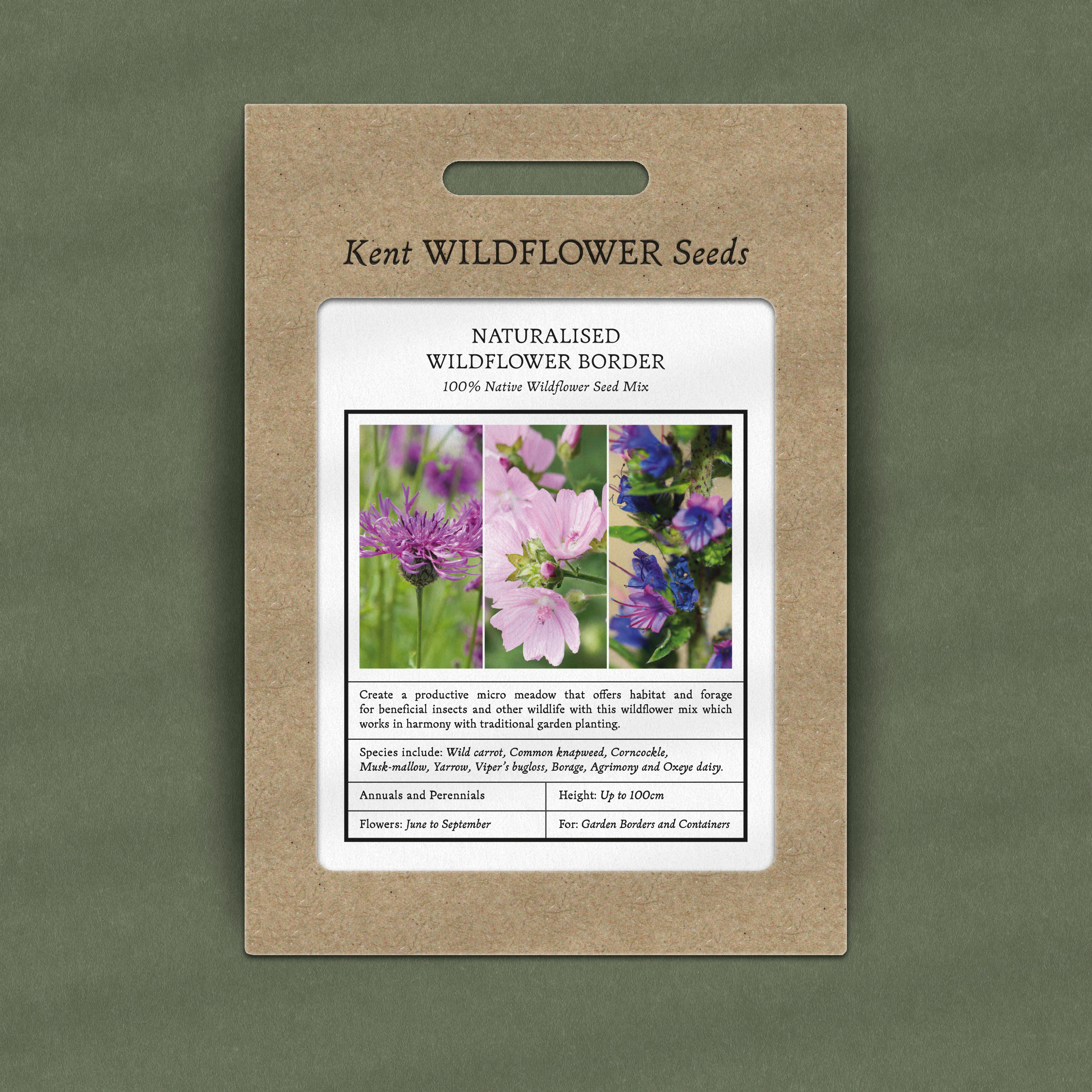



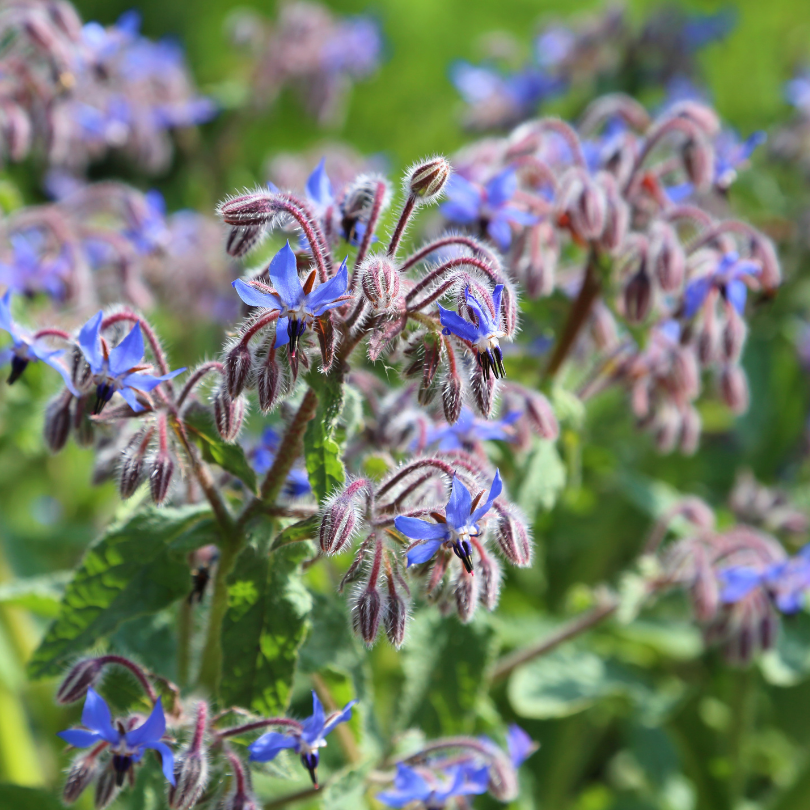



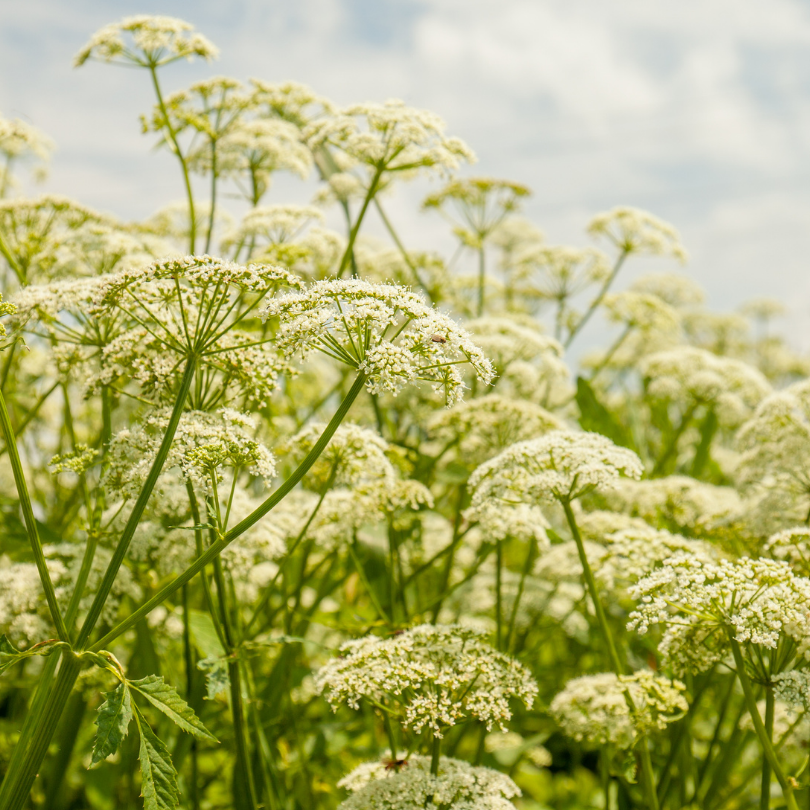

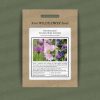










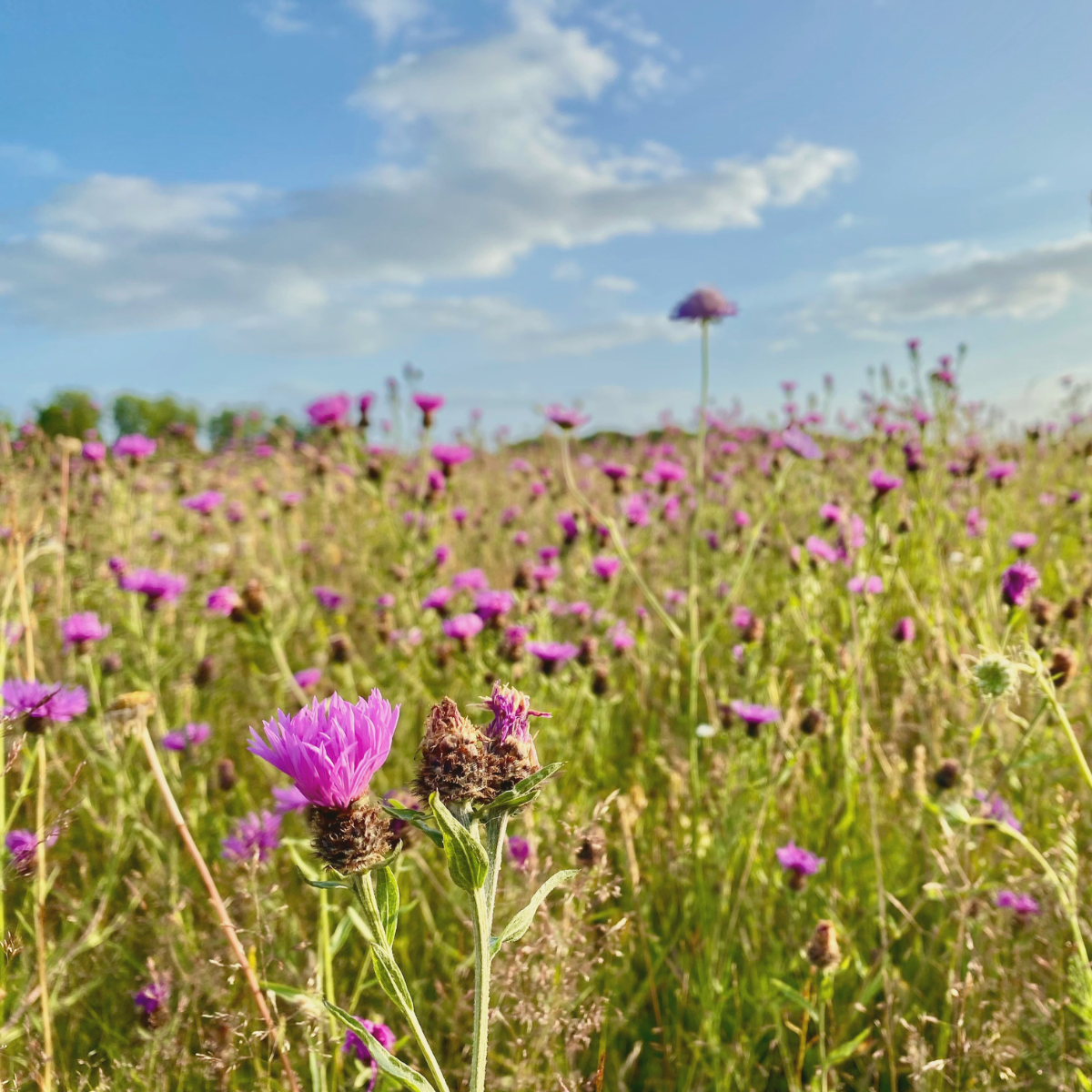
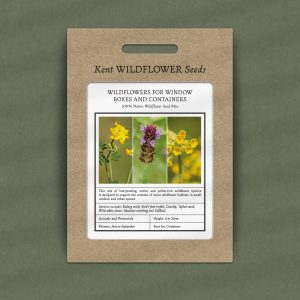

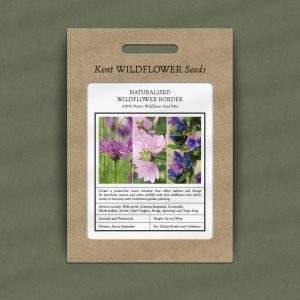
Reviews
There are no reviews yet.